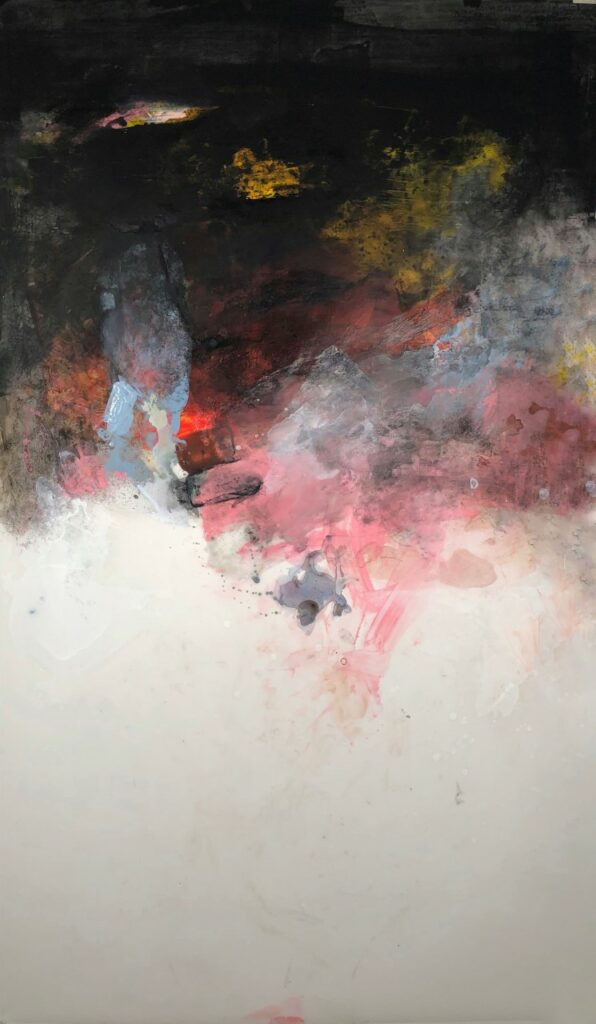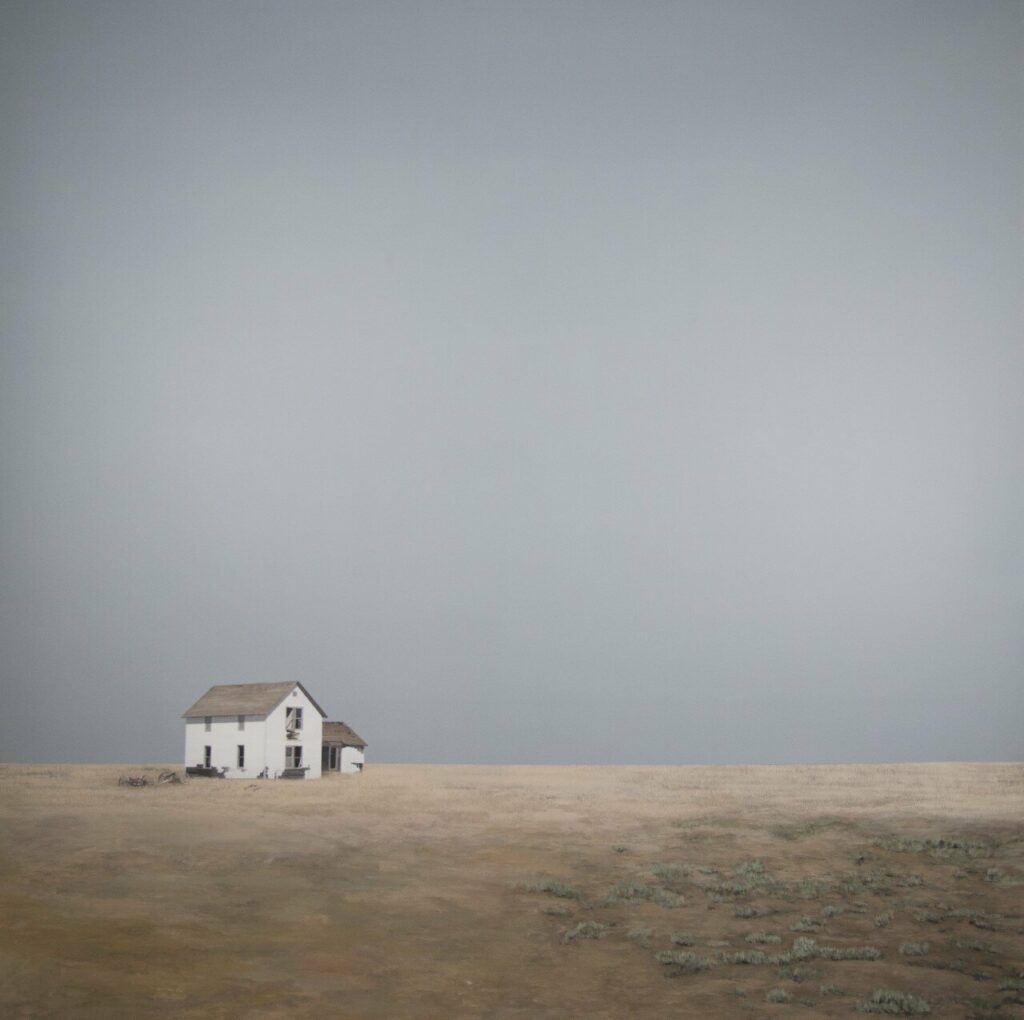Green tea, rich in antioxidants and caffeine, offers several potential health benefits, including alleviating anxiety and stress, enhancing memory, and reducing high blood pressure and cholesterol. Drinking a few glasses of green tea daily can further boost your health, making it a simple yet effective addition to your routine. Available in various forms such as beverages, dietary supplements, and topical ointments, green tea can be easily incorporated into your lifestyle. Keep reading to discover more about its benefits, risks, and how to include it in your diet.
- Alleviates Anxiety and Stress
Green tea contains L-theanine, an amino acid that helps reduce anxiety and stress, promoting relaxation. However, the amount in tea is lower than in supplements, so consult a healthcare provider before starting high-dose L-theanine supplements. - Helps Protect Against Cognitive Decline
Drinking green tea may help protect against neurodegenerative diseases like Alzheimer’s and Parkinson’s, thanks to its high antioxidant content that helps prevent cell damage. - Supports Bone Health
Green tea may reduce the risk of osteoporosis by enhancing bone formation and preventing bone mass loss, making it beneficial for postmenopausal individuals at higher risk. - Improves Longevity
Green tea’s polyphenols, which act as antioxidants, may have anti-aging effects, such as reducing inflammation, minimizing oxidative stress, and decreasing signs of aging. - Lowers Cholesterol
Consuming green tea may help lower LDL (“bad”) and total cholesterol levels, reducing the risk of heart attack and stroke. - Enhances Memory
The L-theanine in green tea may improve working memory and brain function, although more research is needed to confirm these effects. - Manages and Prevents Type 2 Diabetes
Green tea’s antioxidants may help reduce insulin resistance, a major risk factor for type 2 diabetes, making it a potential aid in managing and preventing the condition. - Lowers Stroke Risk
Moderate daily consumption of green tea may reduce stroke risk by at least 21%, possibly due to lifestyle factors associated with green tea drinkers. - Supports Weight Loss
Green tea’s catechins may increase metabolic rate and fat breakdown, aiding in weight loss, though its effects are likely minimal without a balanced diet and regular exercise. - Reduces Blood Pressure
Green tea may lower blood pressure, especially in those at high risk of heart disease, by reducing inflammation and dilating blood vessels to improve blood flow.
With its numerous health benefits, from reducing anxiety and supporting memory to lowering blood pressure and cholesterol, green tea is a simple yet powerful addition to your daily routine. Whether you’re looking to improve your overall well-being or just want a moment of calm in your day, enjoying a glass of green tea can be a refreshing way to support your health. So why not pour yourself a cup and experience the soothing effects of this ancient remedy? Your body and mind will thank you!
Reference:https://www.health.com/nutrition/benefits-green-tea





